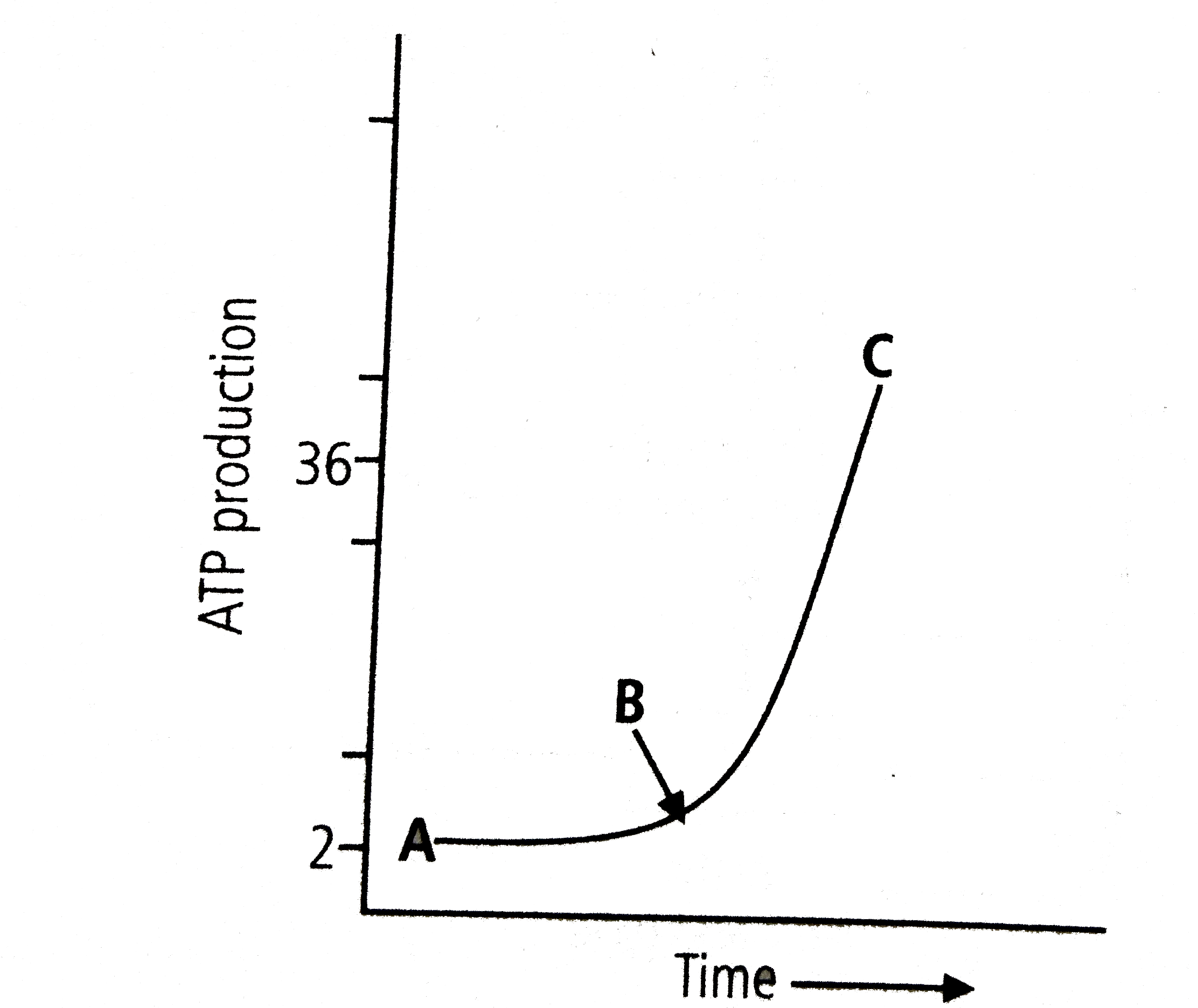The nutrient medium used for tissue culture does not contain (a) carbon source (b) Inorganic salts (c) plant growth regulators (d) Enzymes (e) vitamins and amino acid
Only (b). (d) and (e)
Only (b) and (c)
Only (d)
Only (a)
Step by step video & image solution for The nutrient medium used for tissue culture does not contain (a) carbon source (b) Inorganic salts (c) plant growth regulators (d) Enzymes (e) vitamins and amino acid by Biology experts to help you in doubts & scoring excellent marks in Class 12 exams.
Updated on:21/07/2023Topper's Solved these Questions
Similar Questions
Answer question numbers on the basis of your understanding of the following paragraph and the related studied concepts :
In tissue culture, new plants are grown by removing tissue or separating cells from the growing tip of a plant. The cells are then placed in an artificial medium where they divide rapidly to form a small group of cells or callus. The callus is transferred to another medium containing hormones for growth and differentiation. The plantlets are then placed in the soil so that they can grow into mature plants. Using tissue culture, many plants can be grown from one parent in disease-free conditions. This technique is commonly used for ornamental plants.

In step B, what is callus ?
View SolutionAnswer question numbers on the basis of your understanding of the following paragraph and the related studied concepts :
In tissue culture, new plants are grown by removing tissue or separating cells from the growing tip of a plant. The cells are then placed in an artificial medium where they divide rapidly to form a small group of cells or callus. The callus is transferred to another medium containing hormones for growth and differentiation. The plantlets are then placed in the soil so that they can grow into mature plants. Using tissue culture, many plants can be grown from one parent in disease-free conditions. This technique is commonly used for ornamental plants.

Where is this technique used ?
View Solution
Knowledge Check
Select the aromatic amino acids : (a) Tyrosine (b) Valine (c ) Lysine (d) Tryptophan (e ) Serine.
Aa and d onlyBa, d and eCc and d onlyDb and d only.Animal cells are suspended in a culture medium that contains excess glucose. The graph below shows glucose utilisation under different growth conditions (A),(B), and (C) in the graph indicate
 AA-Anaerobic respiration
AA-Anaerobic respiration
B-Introduction of O2 to culture medium
C- Aerobic respirationBA-Aerobic respiration
B-Introduction of O2 to culture medium
C- Anaerobic respirationCA-Aerobic respiration
B-Supply of organic triphosphate
C-Aerobic respirationDA-Aerobic respiration
B-Introduction of CO to culture medium
C-Anaerobic respiration.
Answer question numbers on the basis of your understanding of the following paragraph and the related studied concepts :
In tissue culture, new plants are grown by removing tissue or separating cells from the growing tip of a plant. The cells are then placed in an artificial medium where they divide rapidly to form a small group of cells or callus. The callus is transferred to another medium containing hormones for growth and differentiation. The plantlets are then placed in the soil so that they can grow into mature plants. Using tissue culture, many plants can be grown from one parent in disease-free conditions. This technique is commonly used for ornamental plants.

In step A, what is the explant ?
View SolutionWhat are the suffixes of salts formed from the following acids?
(a) Carbonic acid
(b) Nitrous acid
(c) Sulphuric acid
(d) Nitric acid
View SolutionAnswer question numbers on the basis of your understanding of the following paragraph and the related studied concepts :
In tissue culture, new plants are grown by removing tissue or separating cells from the growing tip of a plant. The cells are then placed in an artificial medium where they divide rapidly to form a small group of cells or callus. The callus is transferred to another medium containing hormones for growth and differentiation. The plantlets are then placed in the soil so that they can grow into mature plants. Using tissue culture, many plants can be grown from one parent in disease-free conditions. This technique is commonly used for ornamental plants.

From step B C, there is cell differentiation involved, which has led to formation of a complete plantlet ? Explain how is this achieved.
View SolutionWhich of the following compounds does not contain atleast one carbon atom with sp3 hybridisation? (A) n -hexane (B) Cyclopentane (C) Isobutane (D) Propadiene
View SolutionFill in the places with appropriate word/ words.
(a)A phase of growth which is maximum and fastest is ……….
(b)Apical domince as expressed in dictyledonous plants is due to the presence of more……. In the apical buyd than in the lateral ones
(c )In additon to lauxin a……. Must be supplied to culture medium to obtain a good callus in plant tissue culture
(d)…………of a vegetative plants are the sites of photperiodic perception.
View SolutionGive the chemical formula, for each of the following acids :
(a) Nitric acid (b) Hydrogen bromide
(c) Carbonic acid (d) Hypochlorous acid
(e) Iodic acid (f) Sulphurous acid
View Solution
